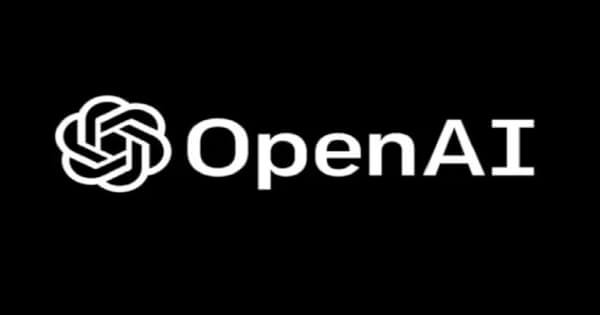OpenAI’s Bold Move Toward a Public Benefit Corporation: A New Era for AGI
Published by Extreme Investor Network | Dec 28, 2024
In a significant development within the technology sector, OpenAI is contemplating a monumental shift in its corporate structure. This evolution is aimed at better aligning its operations with its mission to guarantee that artificial general intelligence (AGI) serves the benefit of humanity as a whole. The organization is now proposing to transition its for-profit arm into a Delaware Public Benefit Corporation (PBC).

The Current Landscape: Navigating Challenges
OpenAI stands out with its dual-entity structure, which consists of a non-profit wing and a for-profit subsidiary. This unique arrangement allowed the organization to leverage the financial success of its for-profit subsidiary to fund its non-profit initiatives. However, as OpenAI’s ambitions expand, it has become increasingly clear that a robust structural model is essential for sustaining long-term growth and impact.
Initially launched in 2015 as a research lab, OpenAI was primarily supported by generous donations. Its early focus was on theoretical exploration, requiring far less computational power and funding. However, the rapid ascendancy of AGI capabilities highlighted the critical need for significant investments. By 2019, OpenAI formed its for-profit entity, which resulted in a landmark partnership with Microsoft valued at $1 billion, allowing the organization to secure the financial resources necessary for its ambitious projects.
Transforming Structure: The Proposed Shift
In its latest vision, OpenAI aims to morph its for-profit entity into a Public Benefit Corporation (PBC). This transformation is more than just a rebranding; it is designed to harmonize capital generation with social responsibility, ensuring that the public interest remains at the forefront of its operations as AGI technology advances.
This maneuver is expected to attract investment under traditional terms, simplifying the funding process and alleviating some of the financial constraints currently faced by the organization. In a strategic move, OpenAI plans to convert its interest in the for-profit subsidiary into equity shares within the new PBC structure. This conversion is poised to not only enhance the financial viability of the non-profit arm but also significantly amplify its capacity to tackle pressing challenges in sectors like healthcare, education, and scientific research.
The Road Ahead: Building a Sustainable Future
As we look toward 2025, OpenAI’s transition signals a commitment to evolving beyond pure research. The organization is determined to create a lasting impact through its philanthropic initiatives while maintaining its leadership in AI innovation. The Board of Directors, supported by external advisors, is responsible for steering these substantial changes and ensuring that OpenAI successfully fulfills its mission.
This strategic evolution is a pivotal moment not only for OpenAI but also for the broader landscape of technology and artificial intelligence. It emphasizes the essential balance between wielding cutting-edge technology and ensuring it serves the greater good.
At Extreme Investor Network, we believe that OpenAI’s initiative underscores a larger narrative regarding the responsible growth of transformative technologies, a movement we wholeheartedly support. By continuing to challenge the status quo, OpenAI is setting a powerful precedent for future organizations navigating the complexities of corporate responsibility in an increasingly tech-driven world.
Stay informed on the latest developments in the AI sphere and understand their implications for investors and society alike. For more detailed insights, don’t hesitate to check OpenAI’s official announcement.
Let’s harness the future of technology—one that is beneficial, inclusive, and oriented toward the welfare of all.
Image source: Shutterstock
Thank you for exploring this transformative journey with us at Extreme Investor Network! Your thoughts and feedback are invaluable—let’s engage in a conversation about the future of AGI and its potential societal impacts.

